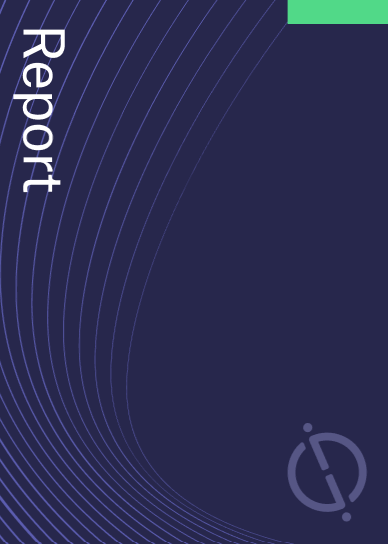Humanigen has been granted a patent for methods and an antagonist for inhibiting or reducing immunotherapy-related toxicity. The patent claims that administering a recombinant hGM-CSF antagonist, such as the anti-hGM-CSF antibody lenzilumab, can increase the efficacy of CAR-T immunotherapy. GlobalData’s report on Humanigen gives a 360-degree view of the company including its patenting strategy. Buy the report here.

Discover B2B Marketing That Performs
Combine business intelligence and editorial excellence to reach engaged professionals across 36 leading media platforms.
According to GlobalData’s company profile on Humanigen, peptide pharmacophores was a key innovation area identified from patents. Humanigen's grant share as of June 2023 was 1%. Grant share is based on the ratio of number of grants to total number of patents.
Patent granted for using anti-hgm-csf antibody to enhance car-t immunotherapy
A recently granted patent (Publication Number: US11673962B2) describes a method for increasing the efficacy of CAR-T immunotherapy in a subject. The method involves administering a recombinant hGM-CSF antagonist, specifically the anti-hGM-CSF antibody lenzilumab, to the subject. This administration of the antagonist is shown to enhance the effectiveness of CAR-T immunotherapy in the subject.
The method can be performed before, during, or after the CAR-T immunotherapy, or a combination of these timings. The increased efficacy resulting from the administration of the recombinant hGM-CSF antagonist can manifest in various ways. These include increased expansion of CAR-T cells, reduction in myeloid-derived suppressor cells (MDSC) that inhibit T-cell function, synergy with a checkpoint inhibitor, or a combination of these effects.
The increased CAR-T cell expansion achieved through this method is significant, with a minimum 50% increase compared to a control. Additionally, the expansion can be measured using a logarithmic scale, with at least a one quarter log, one half log, one log, or greater than one log expansion compared to a control.
The anti-hGM-CSF antibody used in the method has specific binding characteristics. It has a VH region CDR3 binding specificity determinant of RQRFPY (SEQ ID NO: 12) or RDRFPY and a VL region with a CDR3 comprising QQFNKSPLT (SEQ ID NO: 18). The antibody can have a VH region sequence of VH #5 and a VL region sequence of VK #2, as shown in FIG. 1. The CDR3 can also include the sequence RQRFPYYFDY (SEQ ID NO: 15). The VH CDR1 and VH CDR2 can be as shown in the VH region sequence of VH #5, and the VL region can have a CDR1 and CDR2 as shown in the VL region sequence of VK #2.
The CAR-T immunotherapy mentioned in the patent specifically involves CD19 CAR-T cells.
In summary, this granted patent presents a method for enhancing the efficacy of CAR-T immunotherapy by administering a recombinant hGM-CSF antagonist, specifically the anti-hGM-CSF antibody lenzilumab. The method can be performed before, during, or after the CAR-T immunotherapy and results in increased CAR-T cell expansion and reduced MDSC, among other benefits. The specific binding characteristics of the anti-hGM-CSF antibody are also described in the patent.
To know more about GlobalData’s detailed insights on Humanigen, buy the report here.
Data Insights
From

The gold standard of business intelligence.
Blending expert knowledge with cutting-edge technology, GlobalData’s unrivalled proprietary data will enable you to decode what’s happening in your market. You can make better informed decisions and gain a future-proof advantage over your competitors.




